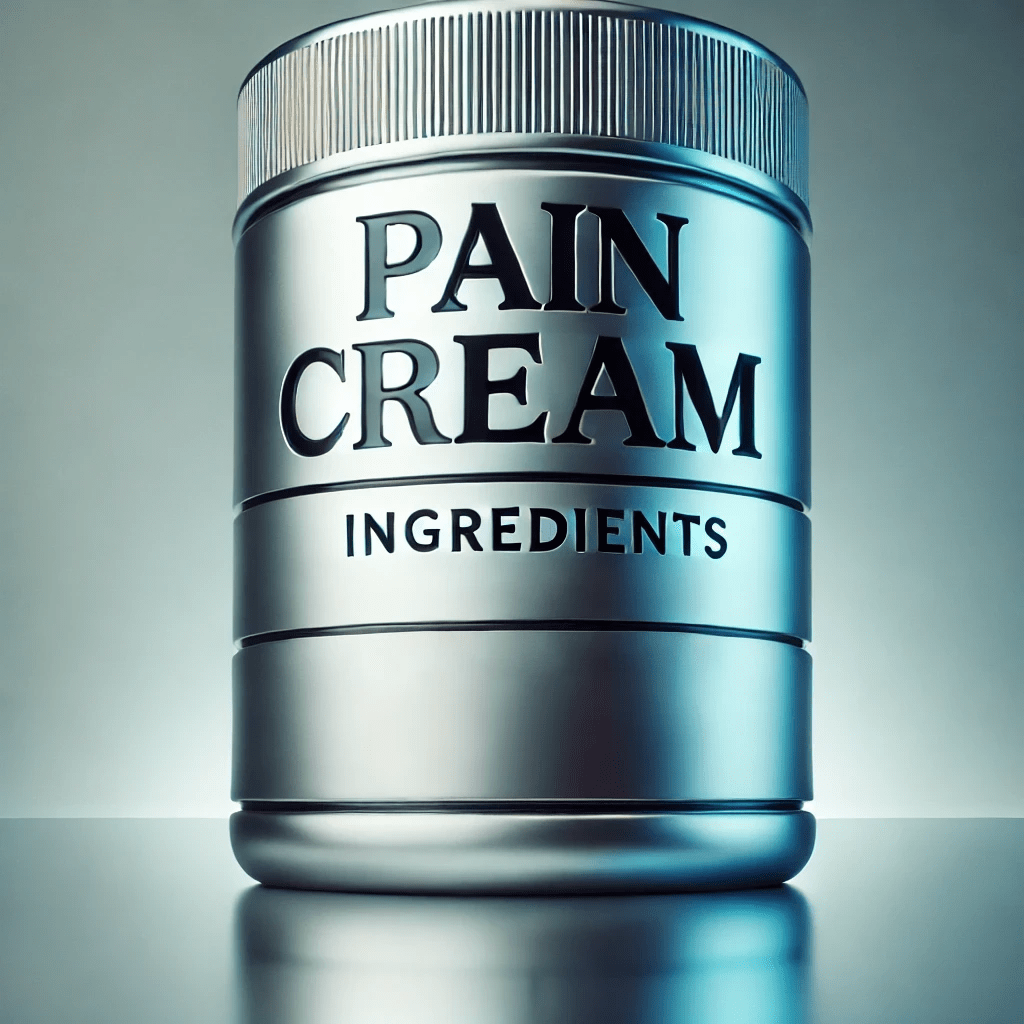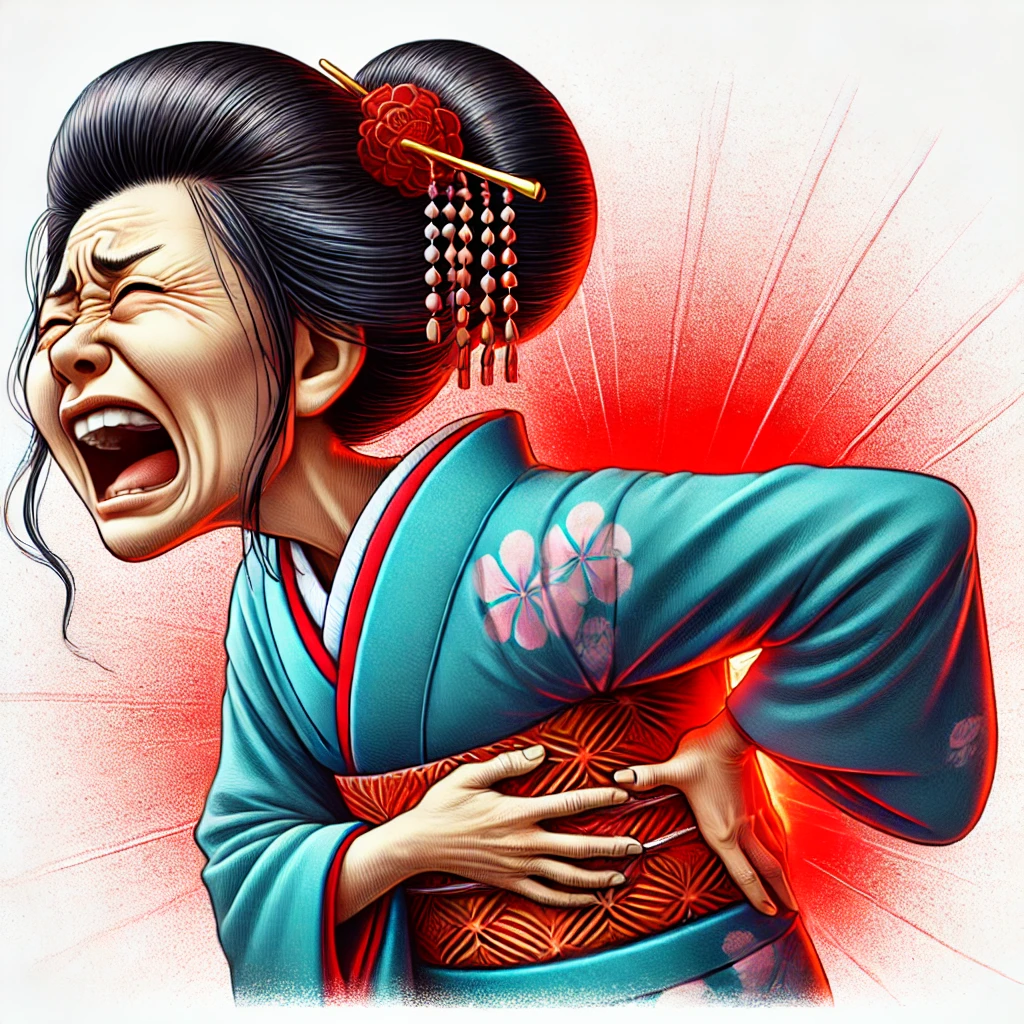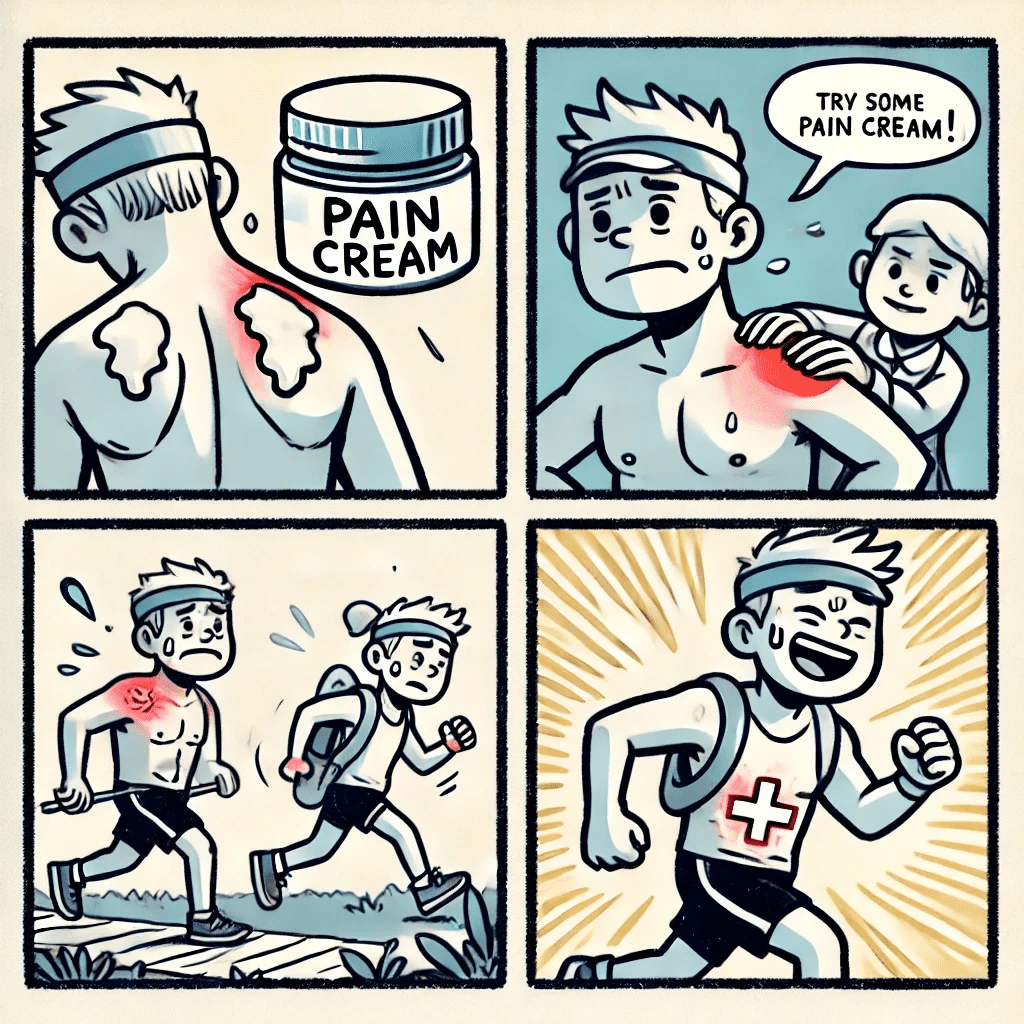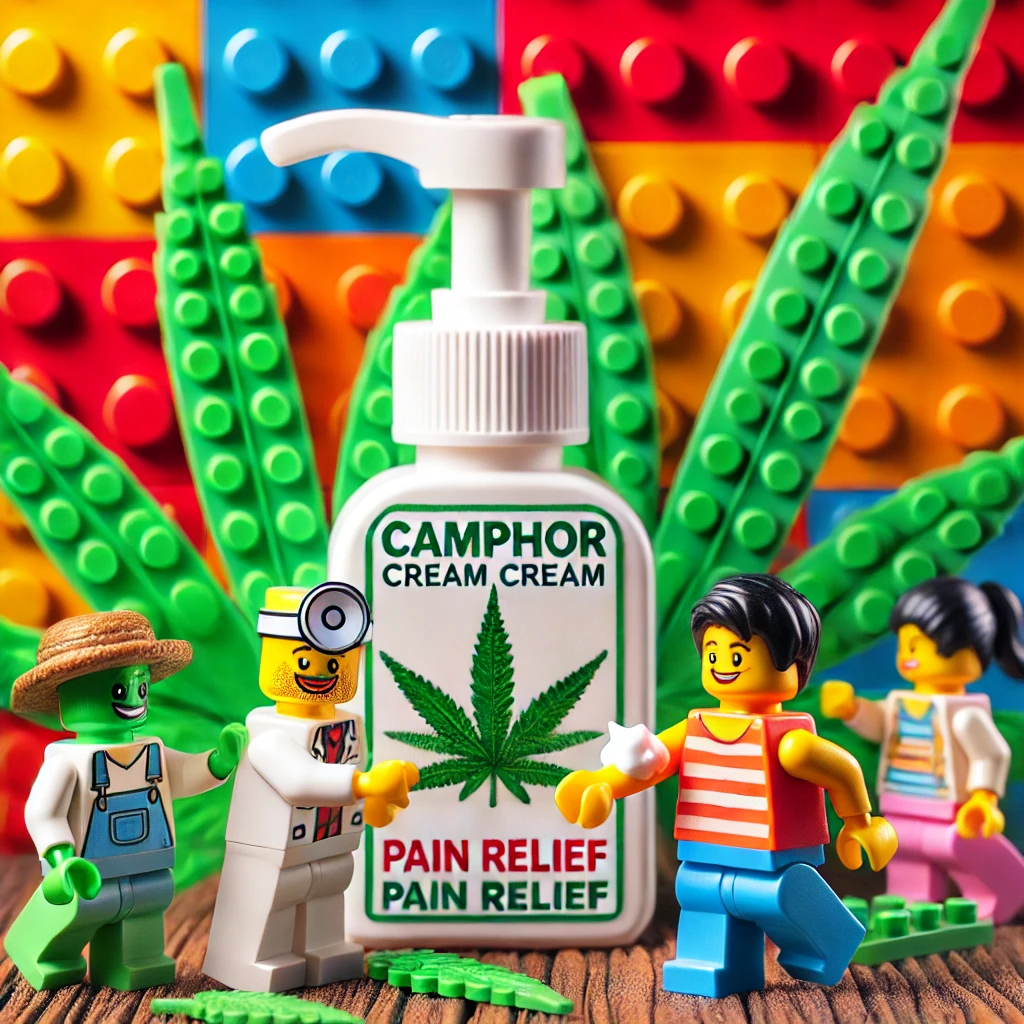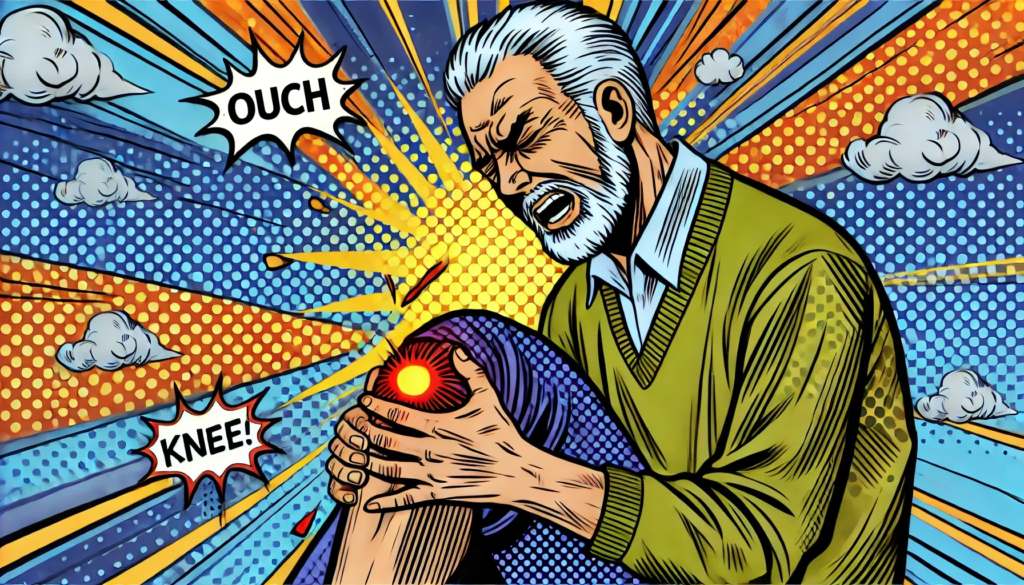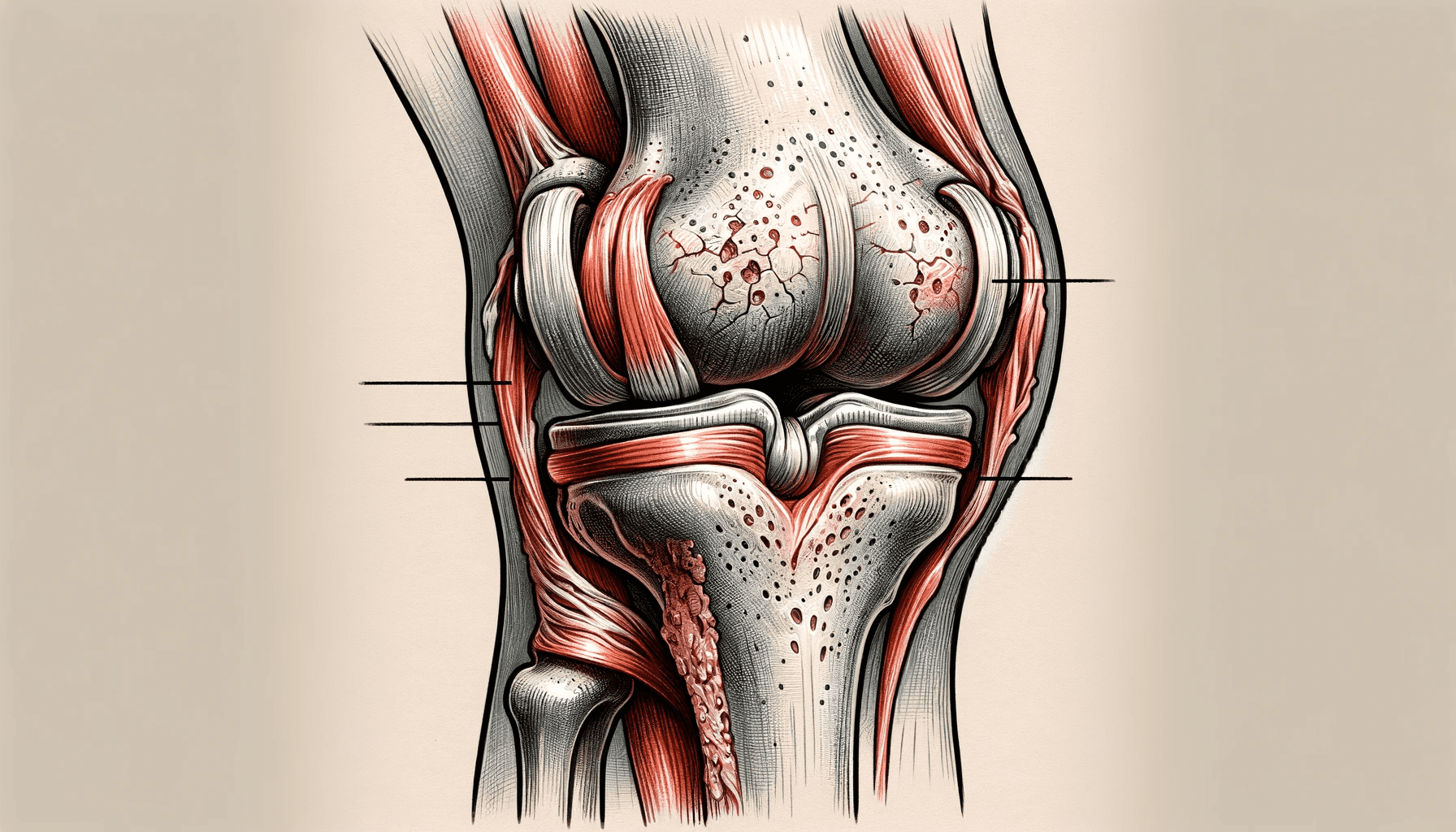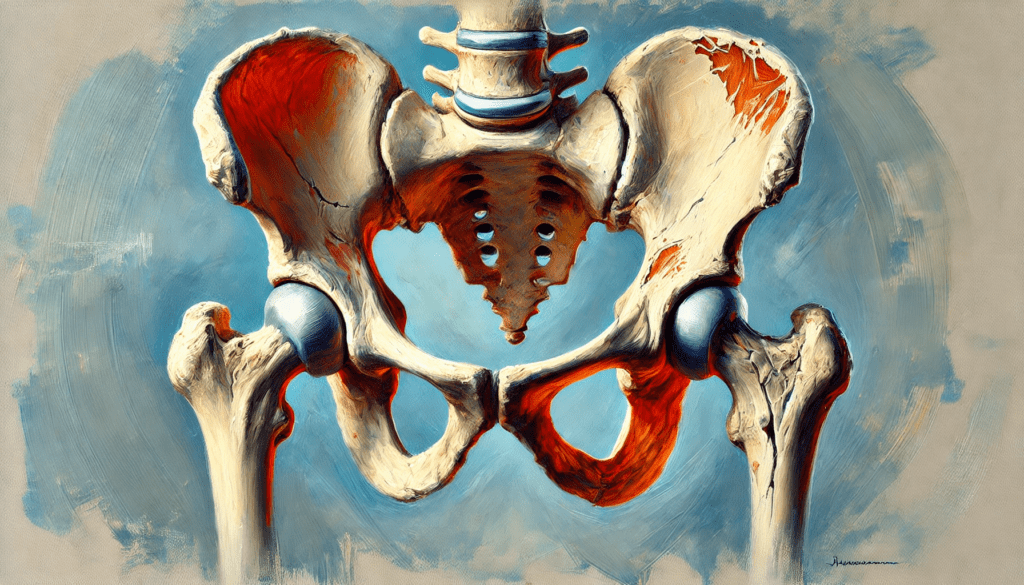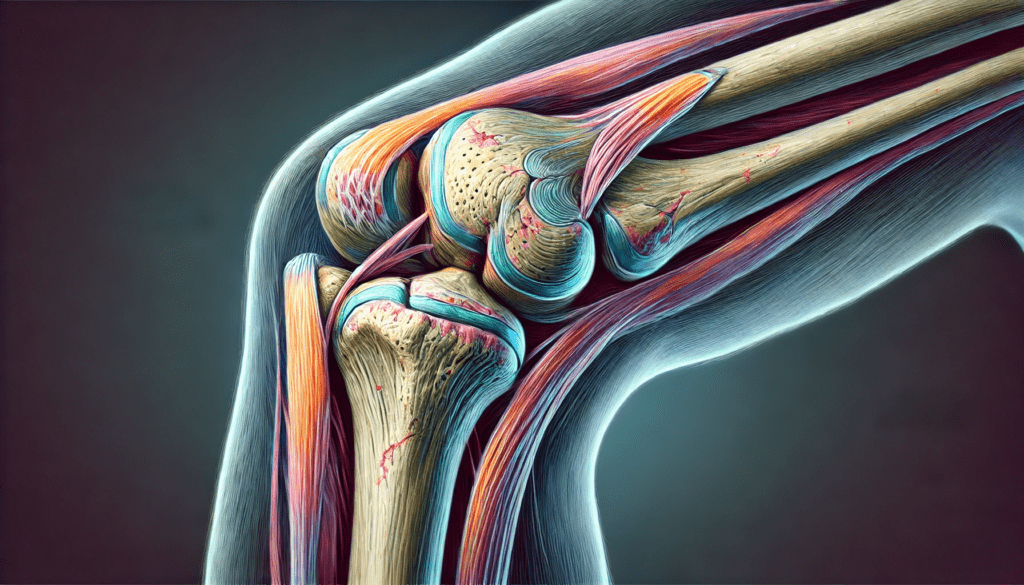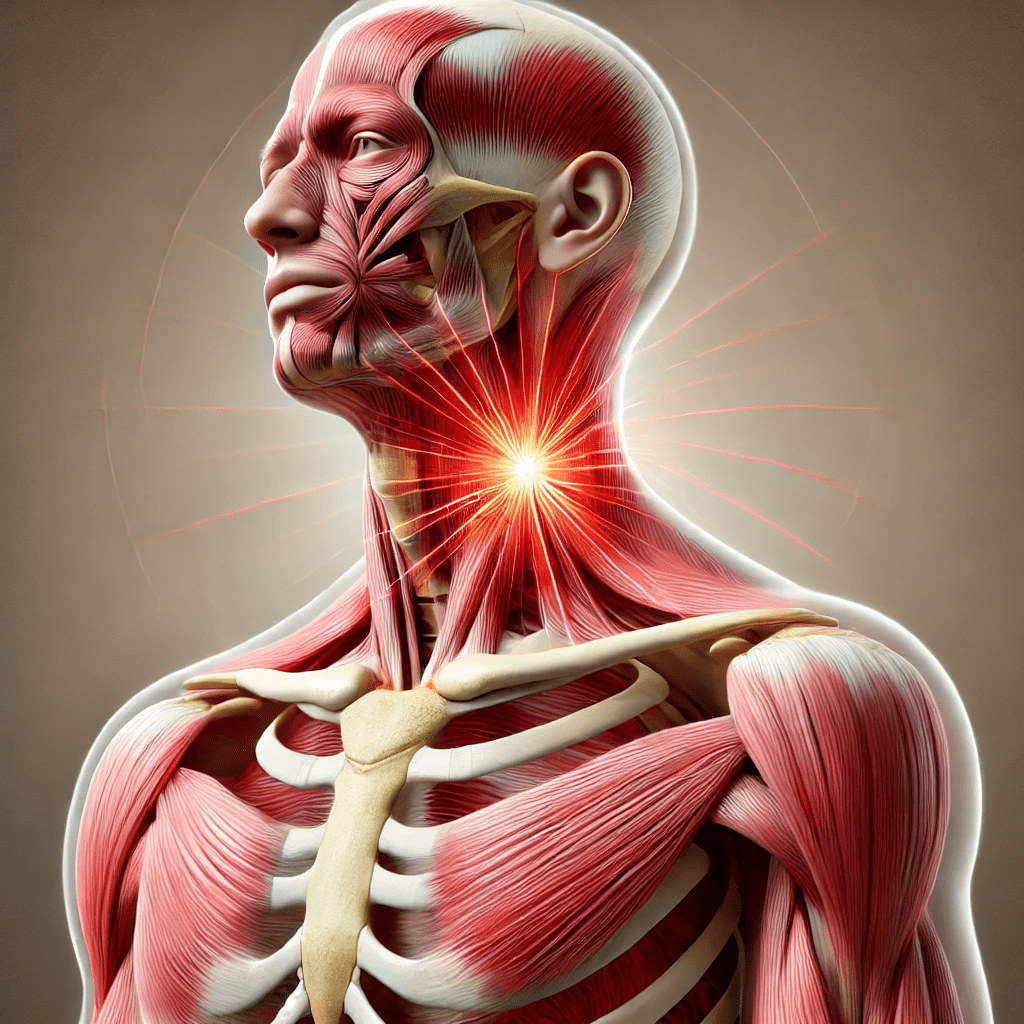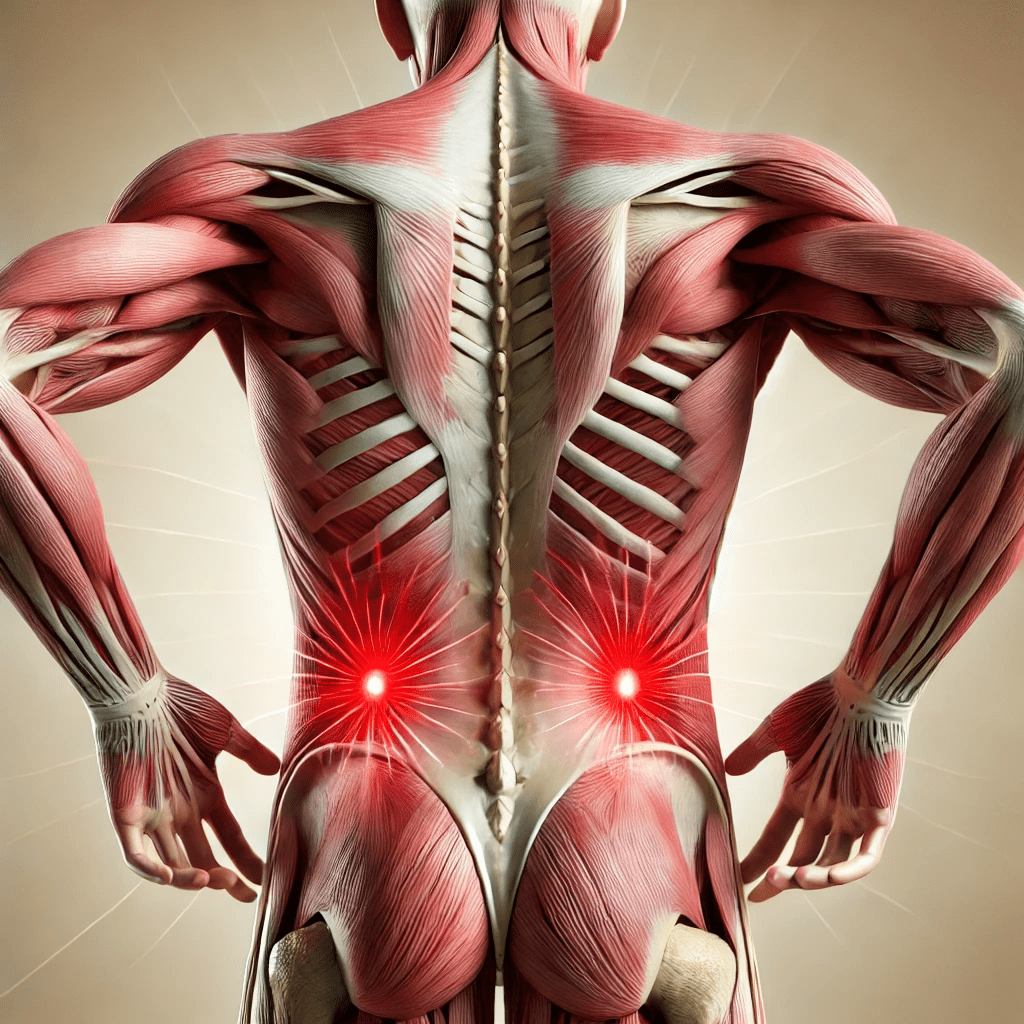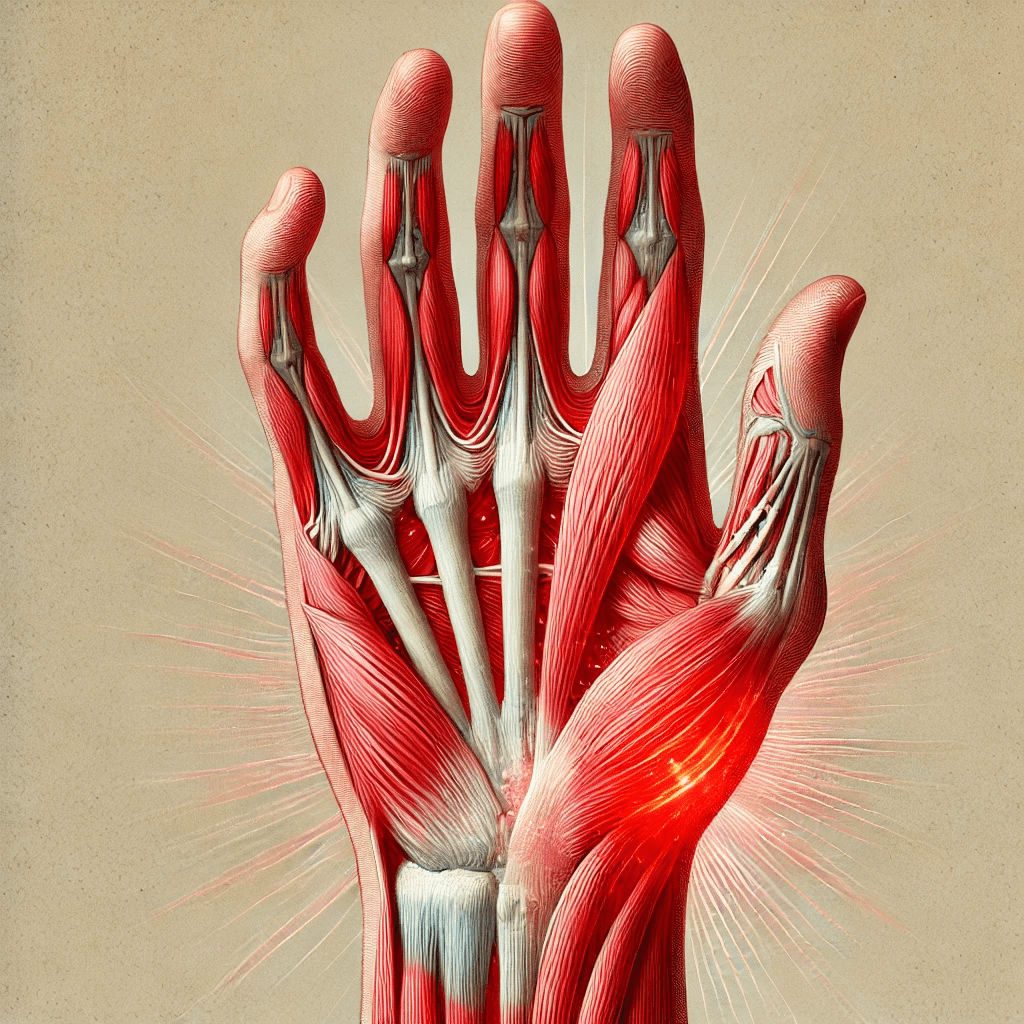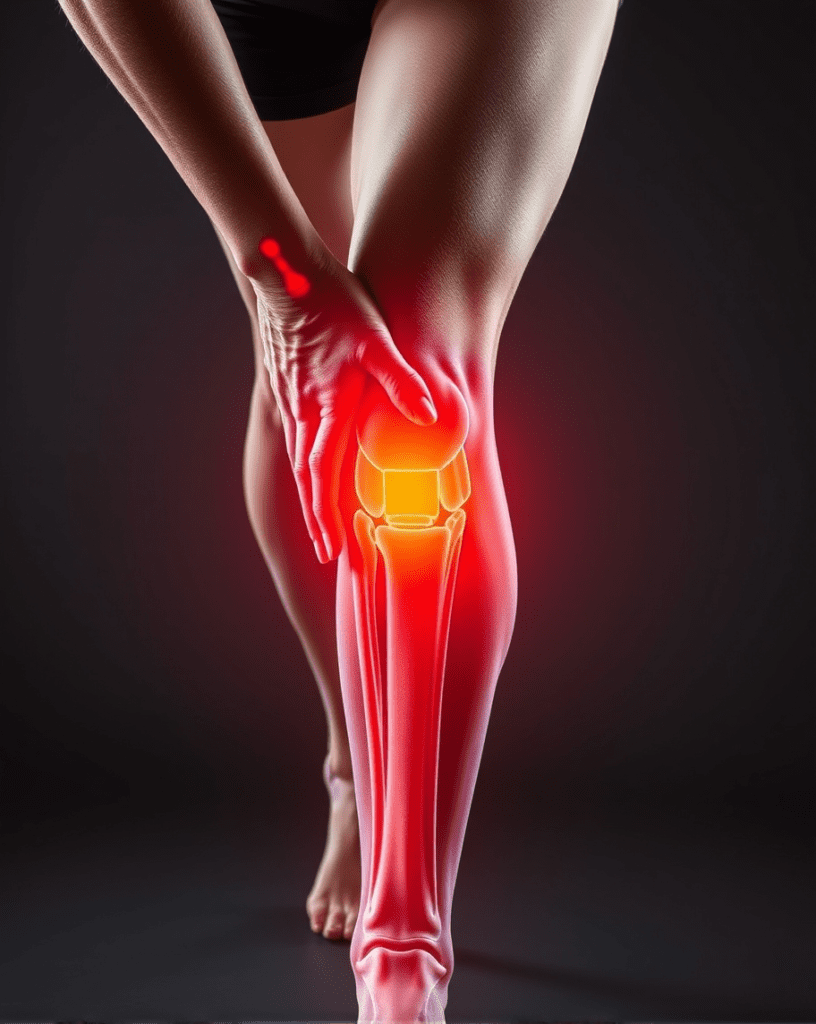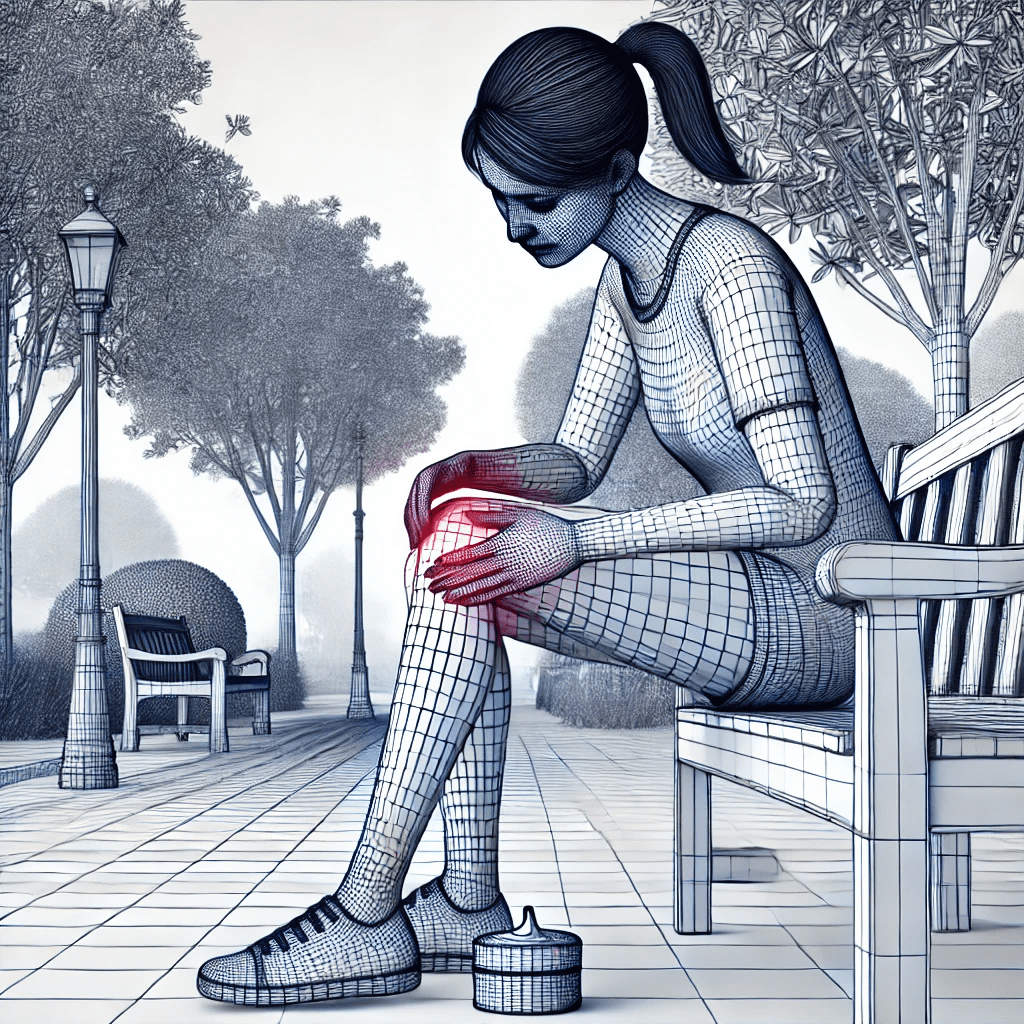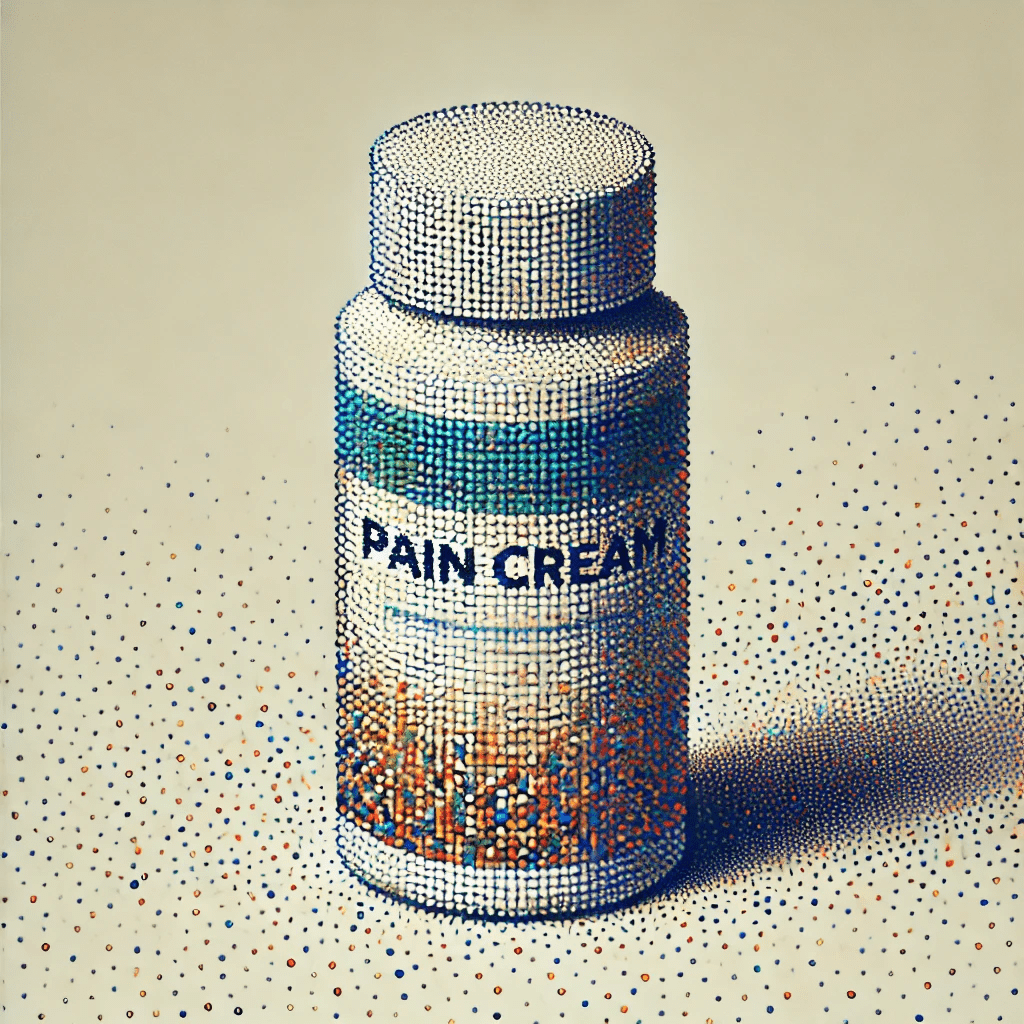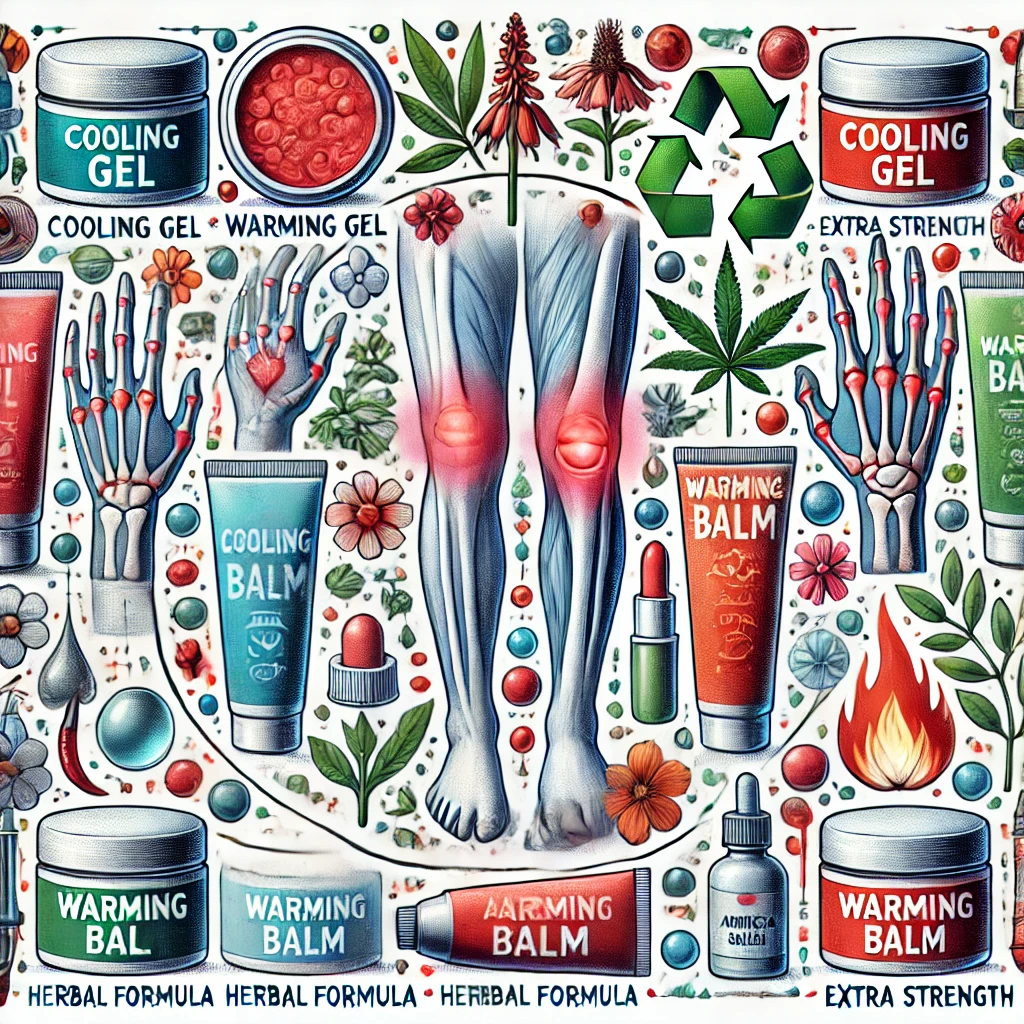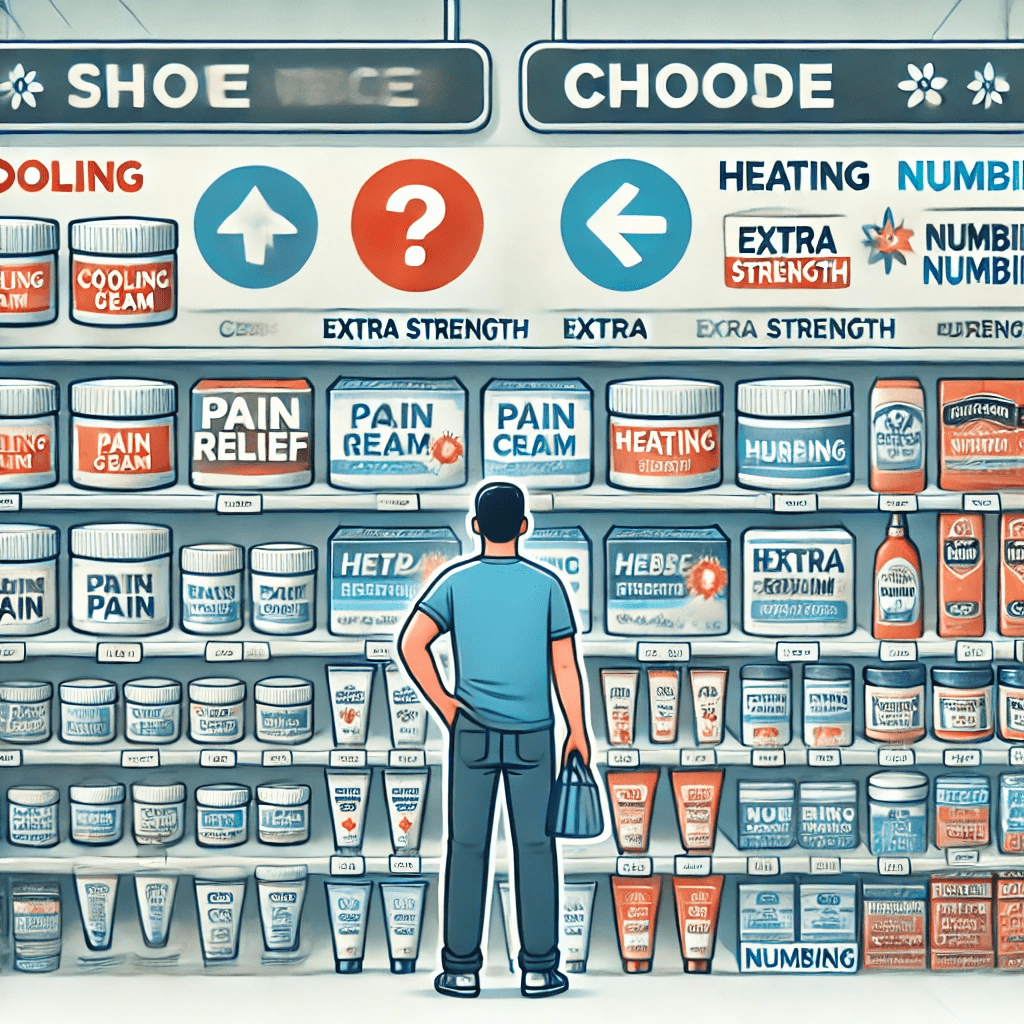Sports can be fun and exciting, but they can also lead to injuries like twisted ankles, sore muscles, or bruised knees. When this happens, it’s important to manage the pain right away. Pain relief creams for sports injuries are a great way to help you feel better faster. They are easy to use, work quickly on the area that hurts, and don’t have as many side effects as some other medicines. By using these creams, you can get back to playing your favorite sport sooner and keep enjoying what you love to do.
These pain relief creams work by targeting the sore spots directly, which helps reduce pain and swelling. Whether you’re dealing with muscle aches from a tough workout or joint pain from a fall, using the right cream can make a big difference. Knowing how to choose and use these creams properly can help you stay active and healthy. In this article, we will talk about how these creams work, what ingredients they contain, and how to use them safely for the best results. Understanding how to manage pain effectively is key to staying in the game and feeling your best.
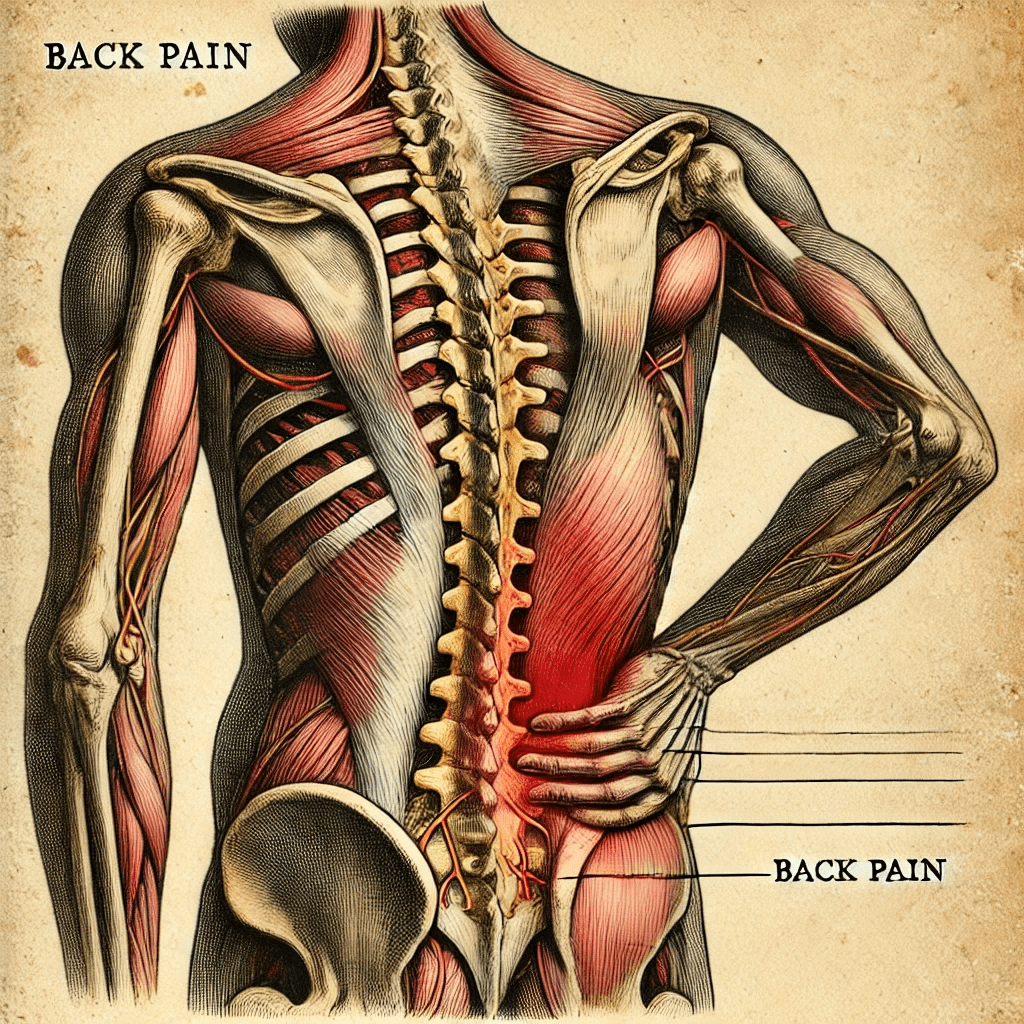
Managing Sports Injuries with Pain Relief Creams.
When you play sports and push your body hard, injuries like twisted ankles, strained muscles, or bruised knees can happen. These are just part of being active. Knowing how to handle the pain from these injuries is really important. Using pain relief creams can help you feel better faster. They are easy to use, and you can put them right on the spot that hurts. This way, you get relief without the side effects that can come from taking pills. Whether it’s your muscles that ache or your joints that hurt, pain relief creams can help you get back to your favorite activities sooner.
Effective pain management is not just about feeling comfortable. It also helps your body heal quicker and can keep small injuries from turning into bigger problems. If you ignore the pain and keep playing, it can lead to more serious injuries and keep you off the field or court for a longer time. That’s why having a good pain relief cream in your sports bag is a must. It helps you stay in top shape and lets you keep doing the things you love without having to take a long break.
The Benefits of Pain Relief Creams for Sports Injuries.
Pain relief creams are great because they provide targeted help right where it hurts. You just rub the cream on your skin over the sore area, and it goes to work quickly to reduce pain and swelling. This is different from taking pills, which need time to go through your whole body. With creams, you get relief faster, and there’s less chance of upsetting your stomach or having other side effects. This makes them a handy tool for any athlete looking to manage pain from sports injuries.
Using pain relief creams can also help prevent further injuries. When pain is controlled, you’re less likely to use other muscles to avoid the pain, which can sometimes lead to new injuries. These creams are easy to carry in your gym bag and can be applied whenever you need them. They help you keep moving and stay active without having to stop your workout or game for too long. For athletes, this convenience and effectiveness are key to maintaining good performance and health.
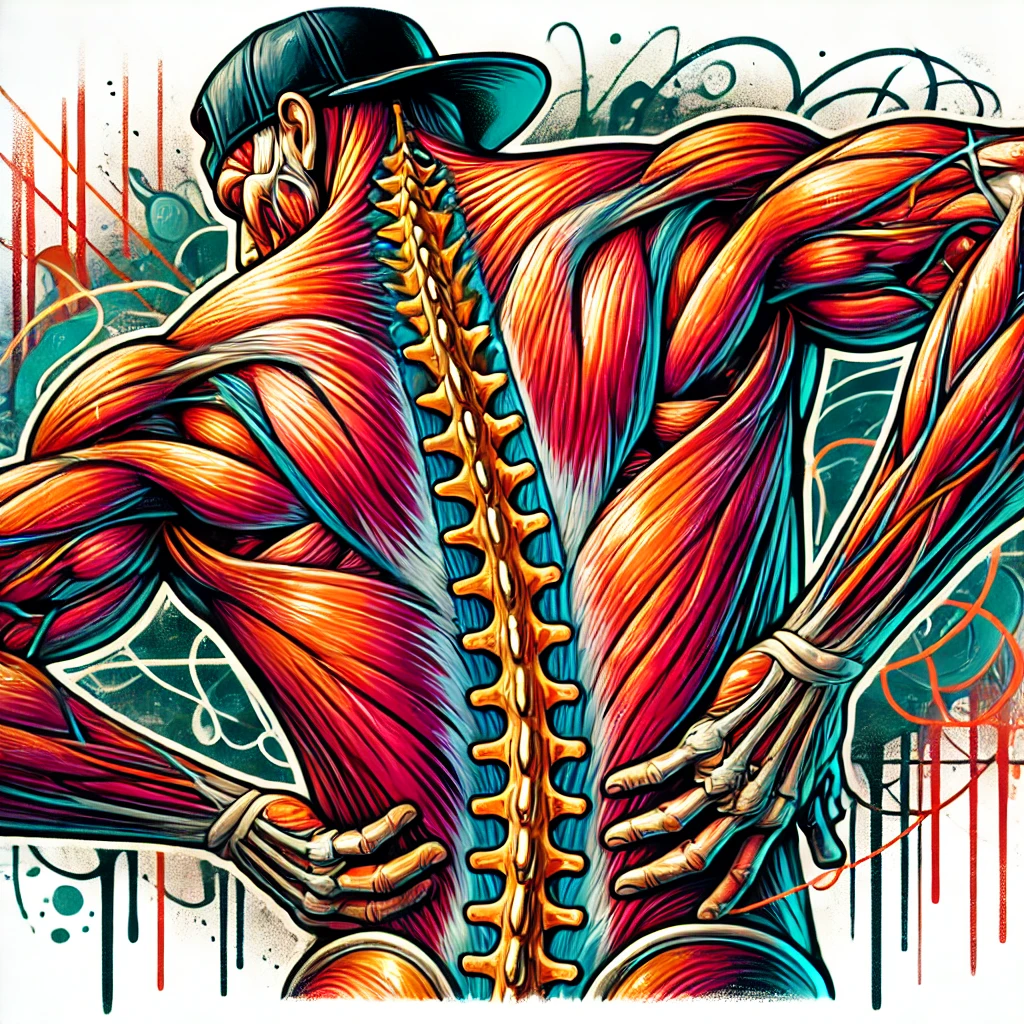
How Pain Relief Creams Work.
How Pain Relief Creams Work.
Pain relief creams are an important part of many athletes’ recovery plans. These creams work by delivering active ingredients directly to the sore or injured area, which helps to reduce pain, swelling, and discomfort. Because they are applied right where you need them, they don’t affect the whole body like pills do. This means you can get pain relief without worrying about upsetting your stomach or other unwanted side effects. Using these creams can be a great way to manage pain from sports injuries and keep you feeling good while you recover.
The way pain relief creams work depends on what’s in them. Some creams have menthol, which creates a cooling feeling on your skin. This helps numb the pain temporarily and can feel really soothing. Other creams contain capsaicin, an ingredient found in chili peppers, which works by lowering the pain signals sent to your brain. This can be especially helpful for nerve pain. Salicylates are another common ingredient; they help reduce swelling and are good for joint pain or arthritis. Knowing which ingredients are in your pain relief cream can help you choose the best one for your needs.
Benefits of Using Topical Pain Relief.
One of the biggest benefits of using pain relief creams is that they act fast. Because you apply them directly to your skin over the painful area, the active ingredients can go to work right away. This is different from taking a pill, which has to go through your digestive system before it can start to help. With topical creams, you can often feel relief within minutes, which is especially important when you’re dealing with sports injuries and want to get back to your activities quickly.
Another advantage of using pain relief creams is that they come in different types to suit various needs. For example, some creams are better for general muscle soreness, while others are made to target joint pain or inflammation. It’s important to read the label and understand what each type of cream is best for. If you’re not sure which one to use, talking to a healthcare professional can help you make the right choice. They can recommend a cream based on your specific injury and ensure you get the most effective relief.

Benefits of Using Pain Relief Creams.
Immediate Pain Relief and Quick Recovery.
Pain relief creams are a great way to get quick help for pain and swelling. When you apply these creams, they start working right away on the area that hurts. This quick action means you can get back to your normal activities faster, without having to deal with lingering pain. This is especially helpful for athletes or anyone with an active lifestyle. If you can control the pain early on, you’re less likely to make the injury worse, which helps you recover more quickly.
One of the best things about these creams is that they only work where you put them. This targeted treatment means that you’re not affecting the rest of your body, unlike taking pills that go through your whole system. This can be very important because oral medications can sometimes cause unwanted side effects, like stomach problems. With pain relief creams, you only treat the specific area that hurts, reducing the risk of these issues.
Convenience and Prevention.
Using pain relief creams is very convenient, especially if you’re always on the go. They are small enough to fit in your gym bag and easy to apply whenever you need them. There’s no need to find water or wait for a pill to start working—just rub the cream on and you’re good to go. For anyone who loves staying active, this convenience can be a game-changer, allowing you to manage pain without interrupting your day.
Pain relief creams don’t just help with immediate pain; they can also support your overall recovery and help prevent further injuries. By reducing pain and inflammation, these creams help the injured area heal faster. This means you’re less likely to change how you move to avoid pain, which can sometimes lead to new injuries. By keeping everything working as it should, you protect your body from more problems in the future. Whether you’re a casual exerciser or a serious athlete, having a good pain relief cream on hand can make a big difference in how you feel and perform.
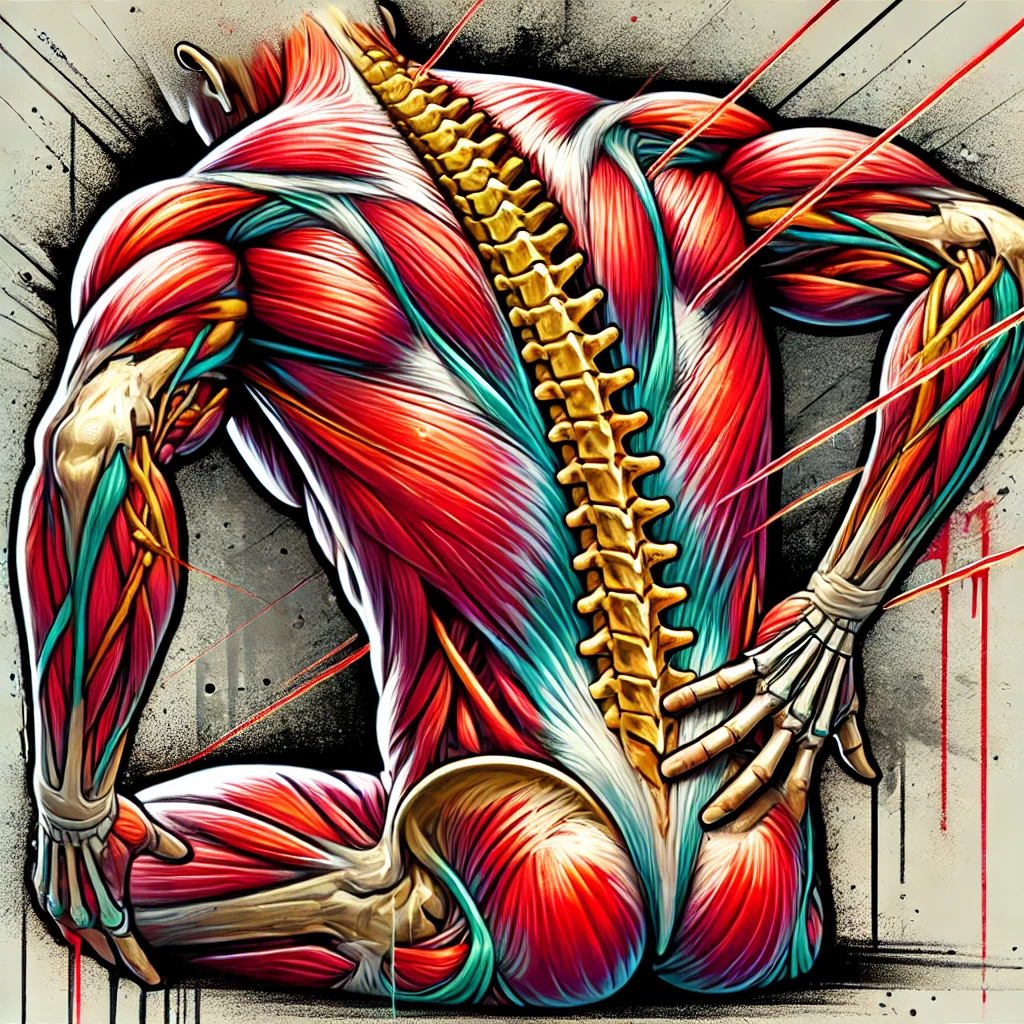
Common Ingredients in Pain Relief Creams.
Key Ingredients in Pain Relief Creams,
The effectiveness of pain relief creams comes from their ingredients, each playing a specific role in relieving different types of pain. One of the most common ingredients is menthol, which creates a cooling effect on the skin. This cooling sensation can help numb the pain and is great for muscle aches and minor injuries. Menthol also helps reduce inflammation, making it a popular choice for sports injuries like sprains or pulled muscles.
Capsaicin, another powerful ingredient, is derived from chili peppers. It works by lowering the amount of a substance in your body that sends pain signals to your brain. While it may cause a slight burning feeling at first, capsaicin is very effective for long-term pain, especially for nerve pain and chronic aches. If you have ongoing pain that’s hard to manage, creams with capsaicin could be a good option to try.
Natural Alternatives and Anti-Inflammatory Ingredients.
Salicylates are another common ingredient in pain relief creams. They are similar to aspirin and help reduce swelling and ease pain. This makes them particularly useful for joint pain and conditions like arthritis. If you’re dealing with pain in your knees, elbows, or other joints, a cream with salicylates can provide targeted relief without having to take oral medication.
For those with sensitive skin, creams that contain essential oils and natural extracts like eucalyptus or arnica can be a great alternative. These ingredients have soothing and anti-inflammatory properties but are often gentler on the skin. Eucalyptus oil, for example, is known for its cooling and calming effects, while arnica can help reduce bruising and swelling. Choosing the right pain relief cream with ingredients that match your needs can make a big difference in how quickly and effectively you recover from sports injuries.

Choosing the Right Pain Relief Cream.
When choosing a pain relief cream, it’s important to consider the type and severity of your injury. For example, a twisted ankle might need a different cream than a sore back or a painful joint. Some creams are better for muscle pain, while others are made to help with joint problems like arthritis. If you’re dealing with a more serious injury or chronic pain, you may need a stronger cream. Understanding the specific problem will help you pick the most effective cream for your needs.
It’s also important to know your skin type and whether you have any allergies. Ingredients like menthol or capsaicin, often found in pain relief creams, can cause irritation for some people. To avoid any bad reactions, it’s a good idea to do a small patch test before using the cream on a larger area. Additionally, consulting a healthcare provider can help you find the best product for your injury and skin type, especially if over-the-counter options don’t seem strong enough. Reading the labels and checking the ingredients will ensure that you choose a cream that’s safe and effective for regular use.
Understanding Labels and Formats
Before buying a pain relief cream, it’s essential to read and understand the product label. Labels will tell you what active ingredients are in the cream and their concentration levels. These details help you figure out if the cream is strong enough for your pain but also safe to use regularly. For instance, a higher concentration of menthol or capsaicin might offer more relief but could be too intense for those with sensitive skin. By understanding what’s in the product, you can make a better choice.
Lastly, consider the format of the cream. Pain relief products come in various forms, including gels, roll-ons, or standard creams. Some formats, like roll-ons, are easier to apply in hard-to-reach areas, while creams may offer more direct contact with larger muscles. Choosing the right format depends on your specific needs and how you plan to use it. By making an informed decision, you’ll get the most out of your pain relief cream, helping you recover quickly and stay active.

Application Techniques for Maximum Efficacy.
How to Apply Pain Relief Creams Properly.
Using pain relief creams correctly can make a big difference in how well they work. Before you put any cream on, it’s important to make sure the area is clean and dry. Washing away sweat, dirt, and oils helps the cream get into your skin better. Once the area is clean, squeeze out a small amount of the cream, about the size of a pea for a small area. Then, gently rub it in using circular motions. This helps spread the cream evenly and increases blood flow to the area, which can make the cream work better.
It’s also important to follow the dosage instructions on the packaging. Using too much cream won’t make the pain go away faster and can actually cause skin irritation. Always use the amount recommended on the package or as advised by your doctor. After applying, wash your hands thoroughly to avoid getting the cream in your eyes or mouth, which can cause a burning sensation. If you’re using a cream with strong ingredients like capsaicin, consider wearing disposable gloves to prevent spreading it to other areas of your body.
Tips for Safe and Effective Use.
There are a few safety tips to keep in mind when using pain relief creams. Avoid putting the cream on broken or irritated skin because this can cause further irritation or discomfort. Also, remember that pain relief creams should be used only a few times a day, as recommended on the packaging. Overusing them can lead to skin problems like redness or rashes, while not using them enough might not provide the pain relief you need.
Following these steps can help you get the most out of your pain relief cream. By applying it correctly and safely, you can get back to your sports and activities more comfortably and quickly. Always keep a pain relief cream in your gym bag or sports kit, so you’re ready whenever a minor injury or pain pops up. With proper use, pain relief creams can be a great tool in your sports injury recovery plan.

Potential Side Effects and How to Avoid Them.
Common Side Effects of Pain Relief Creams.
Pain relief creams are usually safe to use, but it’s important to know about potential side effects. Some common issues include skin irritation, redness, or a burning sensation, especially if the cream has strong ingredients like capsaicin or menthol. These reactions are generally mild and go away after a short time. However, they can be uncomfortable. To avoid these problems, always follow the instructions on the package. Don’t use more cream than recommended, and never apply it to broken or irritated skin, as this can make irritation worse.
It’s also a good idea to do a patch test before using the cream on a larger area. Apply a small amount to a small part of your skin to see if you have any reaction. If your skin feels okay after a few hours, it’s probably safe to use the cream more widely. This simple step can help prevent discomfort and ensure the cream works as intended. Remember, using pain relief creams correctly can make them a helpful part of your sports injury recovery.
How to Avoid Severe Reactions.
While most side effects are mild, some people might experience more serious reactions, like swelling, hives, or difficulty breathing. These symptoms could be signs of an allergic reaction and should be taken very seriously. If you notice any of these signs, stop using the cream right away and seek medical advice. It’s also smart to talk to a doctor before starting any new pain relief cream, especially if you have sensitive skin or other health conditions. They can recommend the best product for you and help minimize any risks.
Being proactive about side effects is key to using pain relief creams safely. Consulting a healthcare professional and following the product’s instructions will help you avoid unnecessary problems. This way, you can enjoy the benefits of pain relief creams—like easing muscle and joint pain—without the worry of unexpected reactions. Pain relief creams can be a great addition to your sports injury toolkit, as long as you use them carefully and responsibly.

Success Stories: Athletes Who Benefit from Pain Relief Creams.
Success Stories from Real Athletes.
Athletes from different sports have found pain relief creams to be a game-changer in their recovery process. For example, Maria, a professional soccer player, often deals with muscle strains after intense training. She started using a menthol-based pain relief cream to soothe her sore muscles. Maria noticed that the cream helped reduce her pain quickly and allowed her to recover faster, so she could get back to practice without missing out. Similarly, Jack, a competitive weightlifter, struggles with joint pain due to the heavy weights he lifts. He found that using a capsaicin cream helped him manage his joint pain effectively. This meant he could continue his training without discomfort or setbacks.
Different sports bring different types of injuries, and pain relief creams have been helpful in each case. For instance, basketball players often suffer from knee pain, while runners deal with shin splints. Tennis players may have elbow pain from repetitive movements. In all these situations, using the right pain relief cream can help soothe the affected area, making it easier for athletes to continue playing and training. The ability to target pain directly on the affected spot is what makes these creams so effective for athletes.
Boosting Performance and Confidence.
Using pain relief creams not only helps reduce pain but also improves athletes’ overall performance and confidence. When athletes can manage their pain better, they feel more confident to push their limits and try their best. For example, Maria feels more confident during her soccer matches, knowing that she can manage any muscle pain quickly with her menthol cream. Jack, on the other hand, is able to stick to his rigorous training schedule because he knows his joint pain is under control. These creams give athletes the support they need to perform at their best.
These stories show how pain relief creams can be a valuable tool, whether you’re a professional athlete or just enjoy sports on the weekends. The positive experiences of others might inspire you to give these creams a try for your own sports injuries. They are easy to use, work quickly, and can help you stay active and pain-free. For anyone who wants to keep playing their favorite sports without being held back by pain, pain relief creams are definitely worth considering.

Incorporating Pain Relief Creams into Your Sports Injury Management Plan.
Building an Effective Injury Management Plan.
Using pain relief creams is a great way to manage sports injuries, but it’s important to know how to include them in your overall recovery plan. Start by figuring out the types of injuries you’re most likely to get. For example, if you often deal with sore muscles or joint pain, having the right cream on hand is a smart move. This way, you can quickly treat any pain as soon as it starts, preventing it from getting worse. Adding pain relief creams to your post-training routine, along with stretching, icing, and using compression garments, can help reduce pain and swelling. This keeps you feeling good and ready for your next workout.
Consistency is key when using pain relief creams. Make it a habit to apply the cream right after an injury or when you first feel discomfort. Early treatment can stop minor problems from turning into bigger ones. Also, keep up with the latest research on new pain relief products. There are always new creams and formulas coming out that might be even more effective for your specific needs. Staying informed helps you make the best choices for your recovery.
Working with Healthcare Professionals.
Talking to your doctor or healthcare provider is an important part of using pain relief creams safely and effectively. They can give you advice on which products are best for your type of injury and how to use them properly. If you’re trying a new cream or have any concerns, they can guide you in adjusting your pain management plan. This way, you can be sure you’re using the creams in the safest and most effective way possible.
Including pain relief creams as part of a well-rounded injury management plan can help you recover faster and stay active. By working with your healthcare team and using these creams regularly and correctly, you’ll be able to manage pain better and get back to doing what you love. Remember, the goal is to stay on top of your game, heal quickly, and keep your body in the best shape possible.

Conclusion.
In conclusion, pain relief creams are a great tool for managing sports injuries. They work quickly to reduce pain and swelling, allowing you to get back to your favorite activities faster. By targeting the specific area that hurts, these creams provide relief without the side effects that can come from taking pills. Whether you’re dealing with sore muscles, joint pain, or minor injuries, having a good pain relief cream on hand can help you stay active and healthy. Remember to choose the right cream for your needs and use it as directed for the best results.
Staying informed about the benefits and proper use of pain relief creams can make a big difference in your recovery process. By including these creams in your sports injury management plan, along with other treatments like stretching and icing, you can help your body heal faster and prevent further injuries. Always talk to a healthcare professional if you have any questions or concerns about using pain relief creams. With the right approach, you can enjoy your favorite sports and activities without being held back by pain.

Posts Page.
No Youchie YouTube Channel.
















